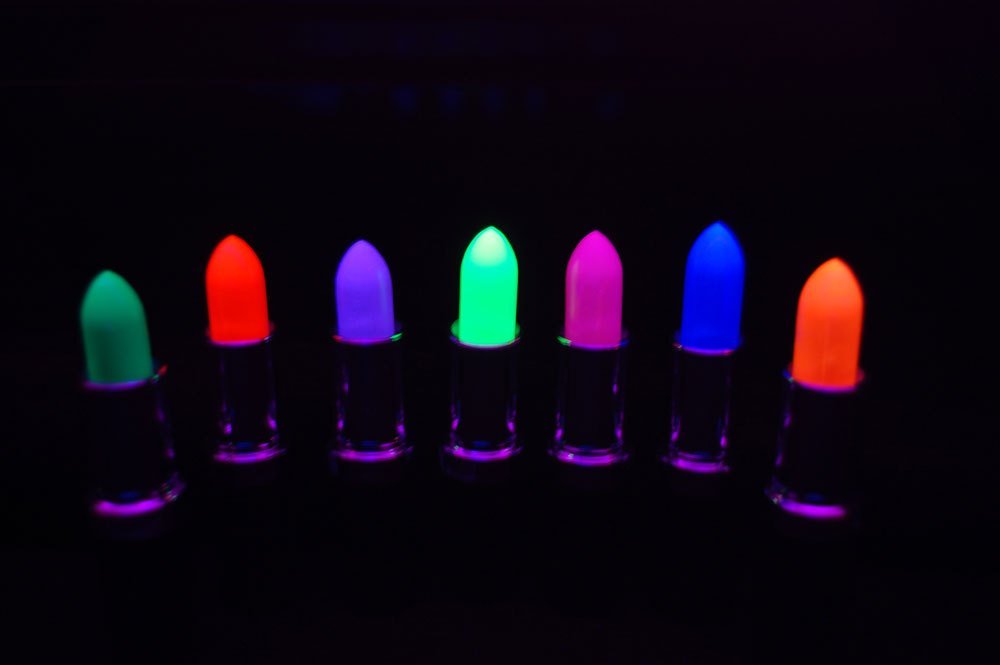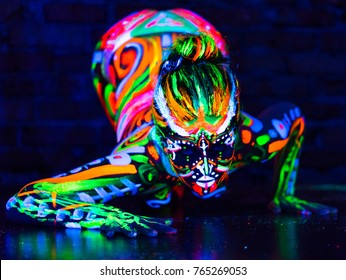

TOP RATED FOR COMMERCIAL QUALITY- iLumen8's powerful UV Blacklight Flashlight IS THE CHOICE for many businesses: Pest Control, Carpet Cleaning, Hotel’s, HVAC, Landlords, School's, Auto Repair, Janitorial.Discover why Cleaning services & Janitors use our UV flashlight. SCORPION HUNTER - Scan your bedroom, yard, alley, or pathway with our SUPER WIDE 4-6 foot FLOODLIGHT BEAM that can light-up scorpions up to 50 feet away! Our customers rave about the scorpion hunting ability of this blacklight - SUPER-CHARGE YOUR HOME CLEANING- A quick scan of your kitchen & bathroom will allow you to pinpoint your cleaning efforts.EASILY find the hidden source of Dog & Cat Pet Urine Odors in carpeting and flooring with our powerful UV Blacklight Flashlight. QUICKLY Inspect entire rooms for pet urine stains with our ‘ Floodlight style’, Super-Wide beam. MUCH MORE POWER- Powerful enough to inspect indoors, during the day (most other UV Flashlights require complete darkness).Discover why the Professionals prefer iLumen8. Unlike others, our Broader Range of Usable UV Light (Commercial Grade 385-395nm) gives you many more uses for your Blacklight. BRIGHTER THAN THE OTHERS - Our Latest 2022 (Ultra Intensity) High-Flux Density LED Bulbs have more UV power and up to 30% MORE INTENSITY THAN CHEAPER LED's.An easy to implement approach for laboratories to visualize particle spread during the handling and analysis of drug evidence. “This is a great way for labs to see which of their practices contribute to the spread of drug residues, and to make sure that their cleanup routines are effective,” Sisco said. The researchers’ paper is written in such a way that any laboratory can reproduce the black-light experiment. These include changing gloves frequently, using vials and test tubes with large mouths to limit spillage when transferring material into them, and having two sets of wash bottles, one for casework and one for cleanup. This visualization experiment led the authors to suggest several steps that might minimize spread. Highly sensitive instruments are more likely to detect small amounts of drug residue in the environment, so those labs have to be extra careful about limiting their spread.



Drug dealers often mix small amounts of fentanyl into heroin and cocaine, and some labs are increasing the sensitivity of their instruments to detect those small amounts. But that has changed, and not only for reasons of workplace safety. Under everyday lights the brick looked like evidence from a drug seizure, but under ultraviolet light - also called UV or black light - it glowed a bright orange.īefore the emergence of fentanyl and other super-potent drugs, such small amounts of drug residue were not a major concern. To see how it happens, the two NIST research scientists, Edward Sisco and Matthew Staymates, fabricated a brick made of white flour mixed with a small amount of fluorescent powder. The spread of drug particles cannot be completely avoided - it is an inevitable result of the forensic analyses that crime labs must perform. Their study, recently published in Forensic Chemistry, addresses safety concerns in an age of super-potent synthetic drugs like fentanyl, which can potentially be hazardous to chemists who handle them frequently. Instead, their aim was to study the way drug particles get spread around crime labs when analysts test suspected drug evidence. When two scientists from the National Institute of Standards and Technology (NIST) brought black lights and glow powder into the Maryland State Police crime lab, they weren’t setting up a laser tag studio or nightclub.


 0 kommentar(er)
0 kommentar(er)
